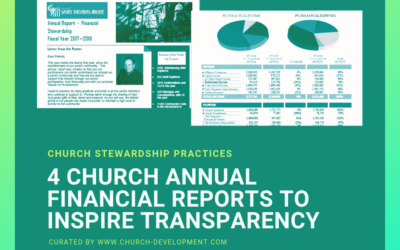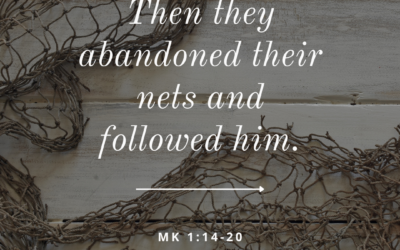“Can’t my finance committee serve both purposes?” That’s a very good question, given that fewer than 20% of churches/parishes have a committee dedicated to stewardship ministry. Here are some tips for why a separate committee is necessary and how to make the best use of your committee’s time.
Denis Greene, founder and president of Church Development, gives his two cents on the topic.
Here are a few insights about stewardship committees…
1. A stewardship committee is different from a finance committee
Most churches have a finance committee and many of those also are somewhat responsible for stewardship. In either case, the finance committee is typically far more concerned about managing expenses than generating income. So if one committee does try to manage both stewardship and finances, almost certainly finances will take the lion’s share of time and resources.
The reason is simple: it’s difficult to raise money. Developing a sustainable and effective stewardship plan takes hours of work, lots of creativity, a willingness to ask people to sacrifice, and an acceptance of delayed gratification. A Finance-Stewardship Committee has many demanding financial items on its agenda and inevitably lacks the ability to develop an annual stewardship program. Even churches with a dedicated stewardship committee rarely reach their full stewardship potential. However, churches that invite committed and generous persons to a committee dedicated to stewardship, train them and give them adequate resources, and commit to a year-round stewardship focus are amazed at the results.

2. Have a solid leader who understands stewardship and is ready to lead
Less than 1% of churches have a year-round stream of “Stewardship Awareness”. This stream is composed of weekly bulletin paragraphs, monthly lay speakers, monthly newsletter columns, quarterly sermons, emails, texts, video, publications, workshops, retreats and classes for spiritual formation. The reason is fairly intuitive – creating all of this takes a lot of spiritual formation, effort, and a minimum annual time commitment of hundreds of hours.
The best way to ensure that the stewardship ministry is moving forward is to concentrate responsibility onto one leader, a staff person or volunteer willing to make a large time commitment. Concentrating the responsibility, but sharing the decision making is the key to success. The leader can hold committee members accountable for delegated projects while staying on top of general committee tasks (sometimes making sure the next meeting gets scheduled is the biggest barrier!).
3. Give your team the tools they need to be successful
How many churches start talking about stewardship when it’s time for the annual appeal? Probably most, when in fact the annual appeal would be more successful if stewardship formation was a year-round endeavor. The real goal of stewardship is not more giving… it’s the development of a spirit of gratitude and generosity.
That can’t be done in a one-month sprint; it has to be done in a twelve-month marathon. And only a group of dedicated and trained group of people with adequate resources and support can make that happen.
There are many resources available to your committee to avoid the daunting challenge of creating everything from scratch. We offer an annual campaign kit and a subscription to The Stewardship System will give you monthly updates with everything you need to keep your committee moving forward.
For a comprehensive guide on getting started with your stewardship committee, click to download here.







0 Comments